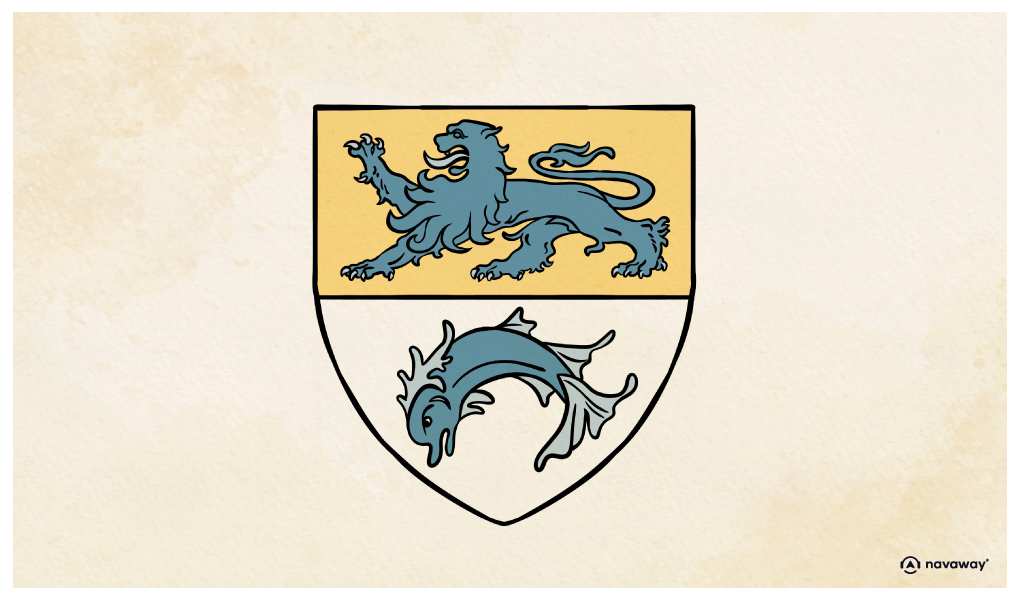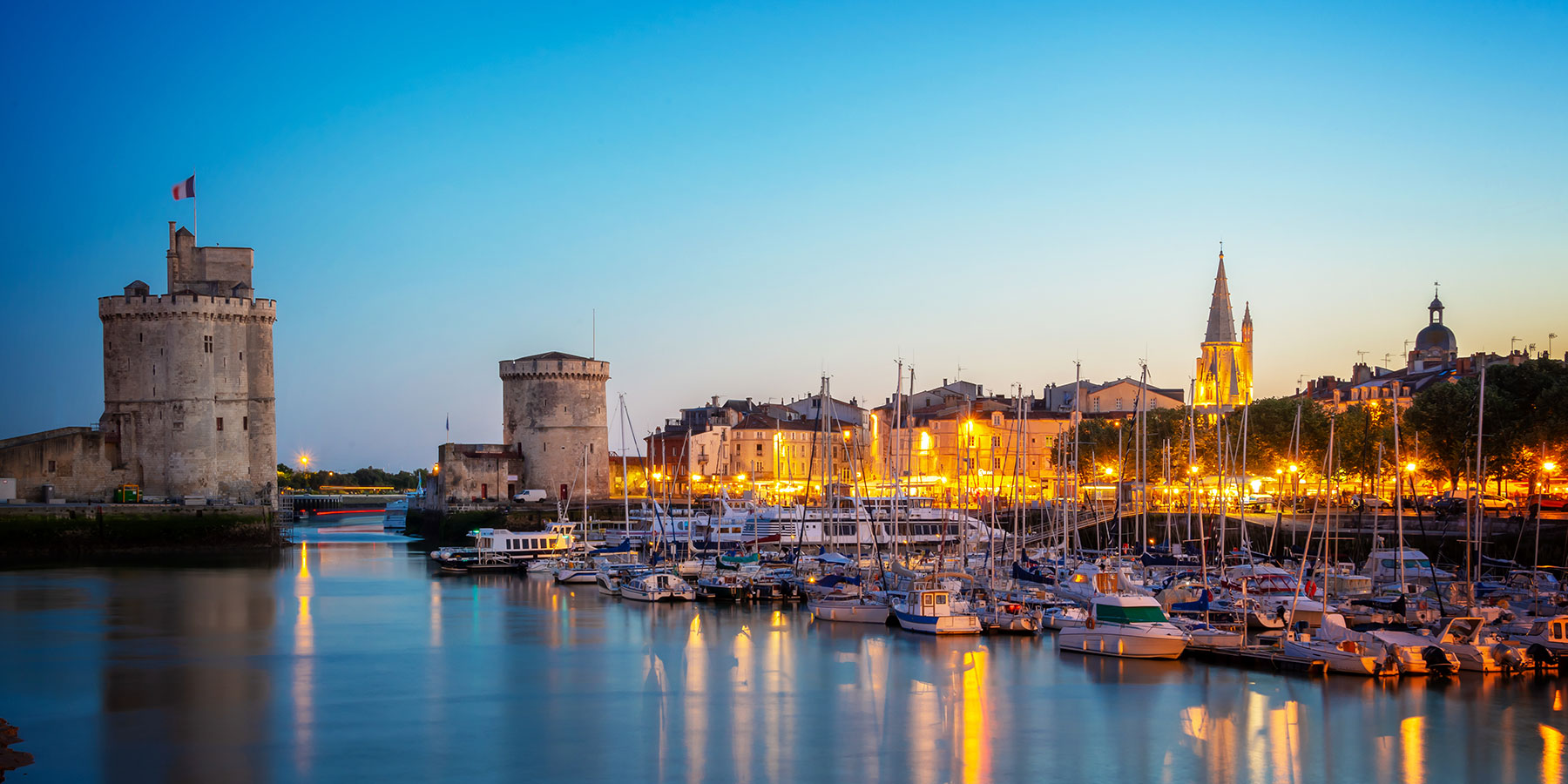
History of Dunkirk

This point of interest is available as audio on the tour: Visit Dunkerque, The City of Jean Bart
Now, let’s step back in time. Dunkirk’s story begins in the 10th century, when a few fishermen settled along the coast. Unlike many French cities that date back to Roman times, Dunkirk emerged much later. Back then, it was just a tiny hamlet, part of the County of Flanders. Its name, Dunkerka in Old Dutch, means “the church of the dunes,” a reference to a chapel that once stood here. Because of its strategic position on the coast, the town would be fought over by Holland, England, and France — and even fell under Spanish control until 1662, when it officially became French. From that point on, the port was expanded and became a major trade hub, eventually growing into the kingdom’s largest military port. Dunkirk suffered greatly during both World Wars, and especially during the Second World War, with nearly 70% of the city destroyed and a port reduced to rubble. A long period of reconstruction followed, focused on rebuilding the harbor and providing homes for its residents. Today, Dunkirk is France’s third-largest freight port and a key player in European trade, thanks to its location within 300 kilometers of five major capitals: Paris, London, Brussels, Amsterdam, and Luxembourg. With more than 86,000 residents, it’s also the fifth most populous city in the Hauts-de-France region.


Discover Dunkerque with app
An interactive guide through the most beautiful streets, squares, and districts
22 fun audioguides full of historical facts, anecdotes, and legends





Comments